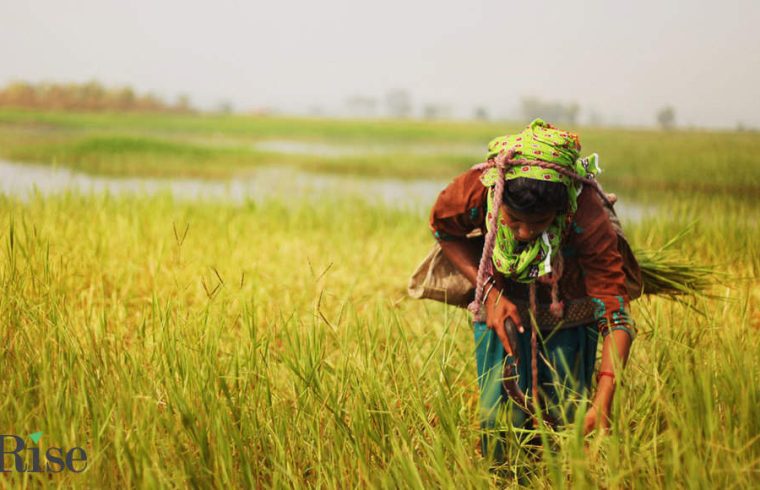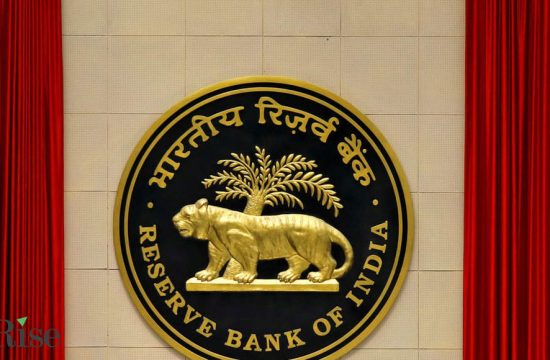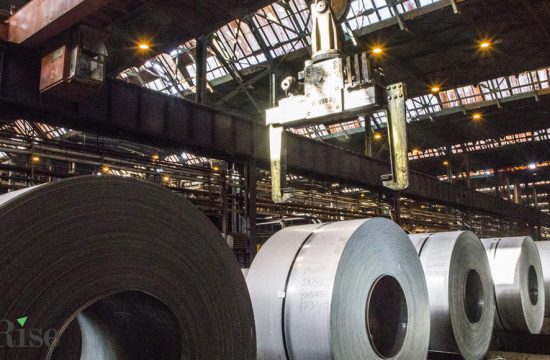
The Government of India in its Economic Survey in 2018 noted that the agricultural sector is undergoing feminization, a term used to indicate how increasingly a large number of women are taking up roles as entrepreneurs, cultivators and labourers. Presently, the agriculture sector employs 80% of all economically active women in India, which includes 48% of the self-employed farmers and 33% of the agriculture labour force. In the past decade, many global economies have also acknowledged the decisive role women play in ensuring food security and preserving local agro-biodiversity.
While conditions have improved in the recent years, there are still several areas where women in this sector require support to succeed. Given below are some of the key aspects to focus on to empower women in agriculture in 2021.
Challenges faced by women agri entrepreneurs in India
Despite women’s participation as self-employed entrepreneurs in agriculture and allied sectors accounting for about 25%, it is saddening that for most part, they are not viewed as farmers. It is also common knowledge that very often, women do not own the land they cultivate on. In fact, as per the India Human Development Survey (IHDS), 83% of agricultural land in the country is inherited by male members of the family and only 25% of the women own the land. Lack of ownership of assets or collateral leave them ineligible for a majority of bank loans which are necessary to finance agri inputs and implements. This also causes them to accept menial and low paying jobs.
In the recent years, the Government has launched initiatives such as Mahila Kisan Sashaktikaran Pariyojana (MKSP) and Deendayal Antyodaya Yojana-National Rural Livelihood Mission aimed at bringing women together to receive training on various aspects of agriculture, business, entrepreneurship and skills development. Players such as Samunnati have also introduced favorable policies to lend to the segment, as well as introduced targeted training initiatives for women on topics such as leadership, institutional structures & governance, business management, marketing, etc. While these initiatives have helped the women in the agriculture sector, India has a long way to go in improving access to capital, technology and infrastructure to help the segment become self-sufficient. Further interventions are also required to bring more women into decision making processes.
How the Government and Industry can support this segment
Various NGOs have started working with women farmers to facilitate collective farming, a system where women can collaborate and pool their resources to produce a significantly higher yield. Further, women self-help groups (SHG) are also helping open up micro credit facilities, and provide assistance.
The government has also recognized the need to support this significant segment of the economy and has taken some great strides towards empowering women in the agriculture sector. The Women Entrepreneurship Platform (WEP) of NITI Aayog, ‘Economic Empowerment of Women Entrepreneurs and Start-ups by Women’ by the Ministry of Skill Development and Entrepreneurship (MSDE) are some of the great initiatives by the government. Platforms such as Agri Elevate aimed at levelling the playing field by offering access to a large database of agri inputs and implements are also a welcome move in this direction.
Giving women facilities at par with what men receive will not only result in 20 % to 30% higher farm yields as well as increase the agricultural output by around 2.5%. It would not only make these women, but also the country Atma Nirbhar.
The writer is Director at Samunnati Agro Solutions









